
Through Navajo Eyes (1966) Posters — The Movie Database (TMDB)
Through Navajo Eyes: An Exploration in Film Communication and Anthropology. Originally published in 1972, this pioneering book has become a classic in visual anthropology. Worth and Adair set out to answer the question, What would happen if someone from a culture that makes and uses motion pictures taught people who have never made or used.

Eyes of the Canyon, Navajo by Molnar Native american photography, Native american women
Through Navajo eyes : an exploration in film communication and anthropology. Responsibility Sol Worth and John Adair ; with a new foreword, afterword, and illustrations by Richard Chalfen.. Through Navaho eyes ISBN 0826317715 (PA : alk. paper) 9780826317711 (pbk. : alk. paper) Browse related items. Start at call number: E99 .N3 W77 1997.

THROUGH NAVAJO EYES Sol Worth Bibliography PDF Anthropology Linguistics
In Through Navajo Eyes, the researchers describe the method: A Bio-Documentary is a film made by a person to show how he feels about himself and his world. It is a subjective way of showing what the objective world that a person sees is "really" like. In part, this kind of film bears the same relation to documentary film that a self.
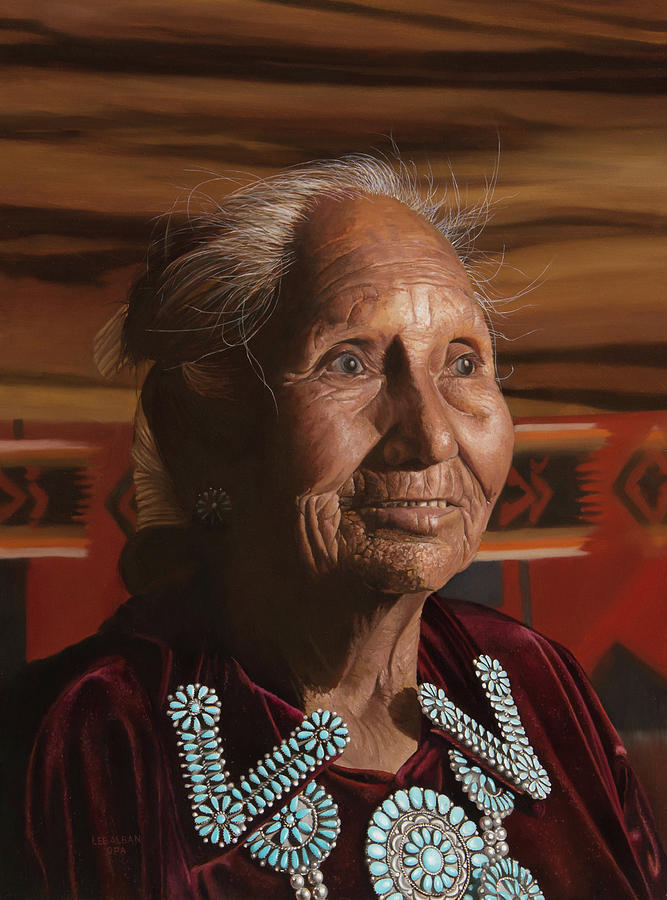
Navajo Eyes Painting by Lee Alban
Navajos Film Themselves is a series of seven short documentary films which show scenes of life on the Navajo Nation. It was added to the United States National Film Registry in 2002. Alta Kahn editing as her daughter Susie Benally looks on. The series is also known as Through Navajo Eyes, due to a confusion with the book that follows.

Native American Indian Pictures Historic Faces of the Navajo Indians
Alfred Clah - Through Navajo Eyes: The Intrepid Shadows (1966) This is one of the most complex films made by the Navajo. It is the one least understood by the Navajo and most appreciated by "avant-garde" filmmakers in our society. The film opens with a long series of shots showing the varieties of landscape around our schoolhouse. We see.

The Spirit of the Navajo Navajo Film Themselves
In 1972, they published Through Navajo Eyes (Bloomington, IN: Indiana University Press), which is considered one of the cornerstone texts of visual anthropology. The University of Pennsylvania Museum of Archaeology and Anthropology (Penn Museum) currently owns the distribution rights to the films. The films were released in DVD format in 2012.
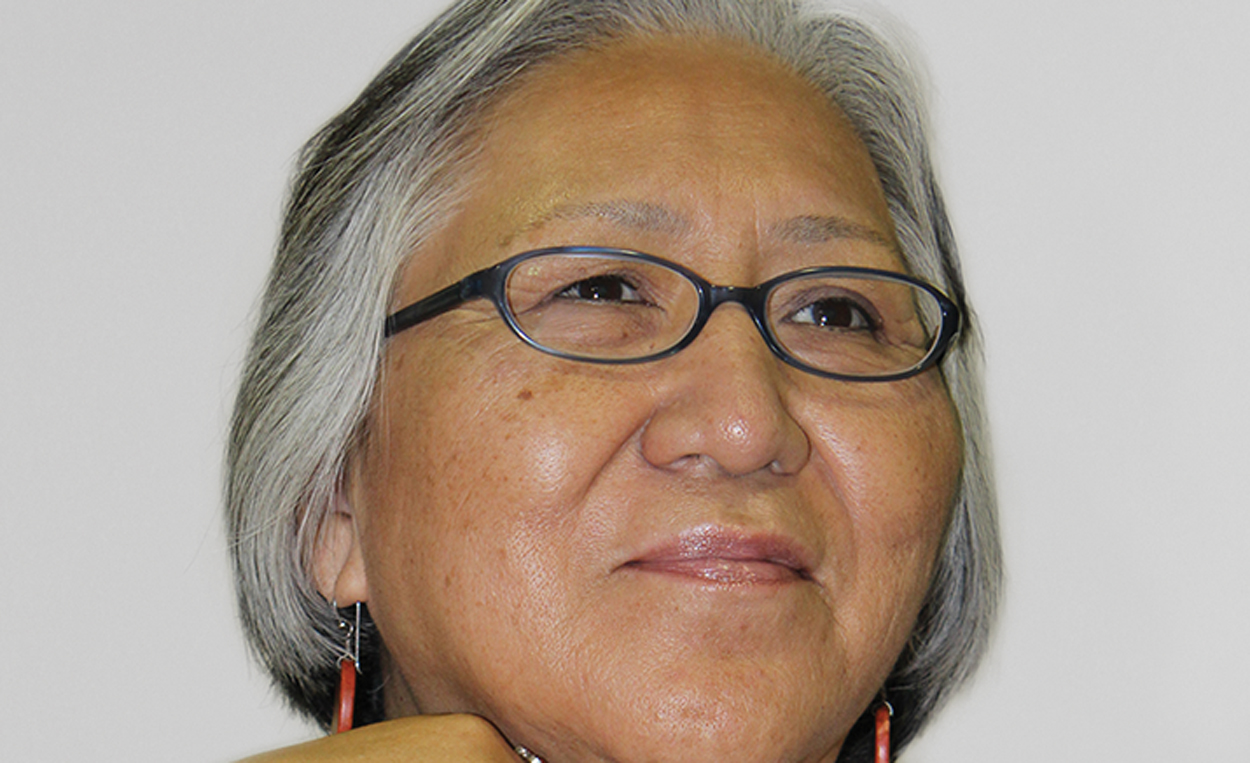
Sedona International Film Festival The Navajo Long Walk Through the Eyes of Navajo Women
A lot of interesting things have happened with the films that make up the series, Navajo Film Themselves, (more popularly if incorrectly known as Through Navajo Eyes) since their initial publication in 1966. As documented in the book Through Navajo Eyes, the initial filmmaking experiment was funded by a National Science Foundation grant, which.

Through Navajo Eyes An Exploration in Film Communication and Anthropology by Sol Worth
Through Navajo Eyes: An Exploration In Film Communication and Anthropology by Sol Worth; John Adair - ISBN 10: 0253360153 - ISBN 13: 9780253360151 - Indiana University Press - 1972 - Hardcover
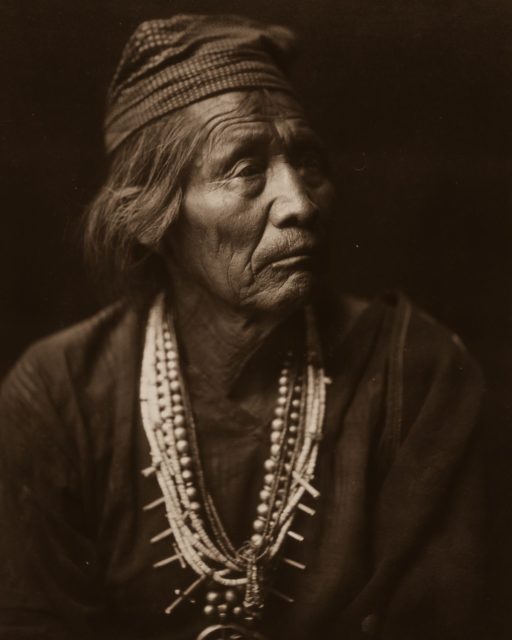
Beautiful portraits of the Navajo Native American by Edwards S. Curtis in 1904
Description exerpted from Through Navajo Eyes (269). "The daughters of the chapter chairman of the community decided to make a film showing "the old ways." They chose their grandfather [Sam Yazzie] as subject. He was one of the best known "singers" (medicine men) in the area. The film opens with [Yazzie] walking across the landscape.

PPT Визуальные исследования базовые понятия PowerPoint Presentation ID5375709
John Nelson - Through Navajo Eyes: Shallow Well Project (1966) This is a film that Johnny undertook to make after he was reprimanded by the community for making the photographs of horses which are described in the text. It was at that time that he was asked to supervise the construction of a shallow well. Johnny previously had experience as a.
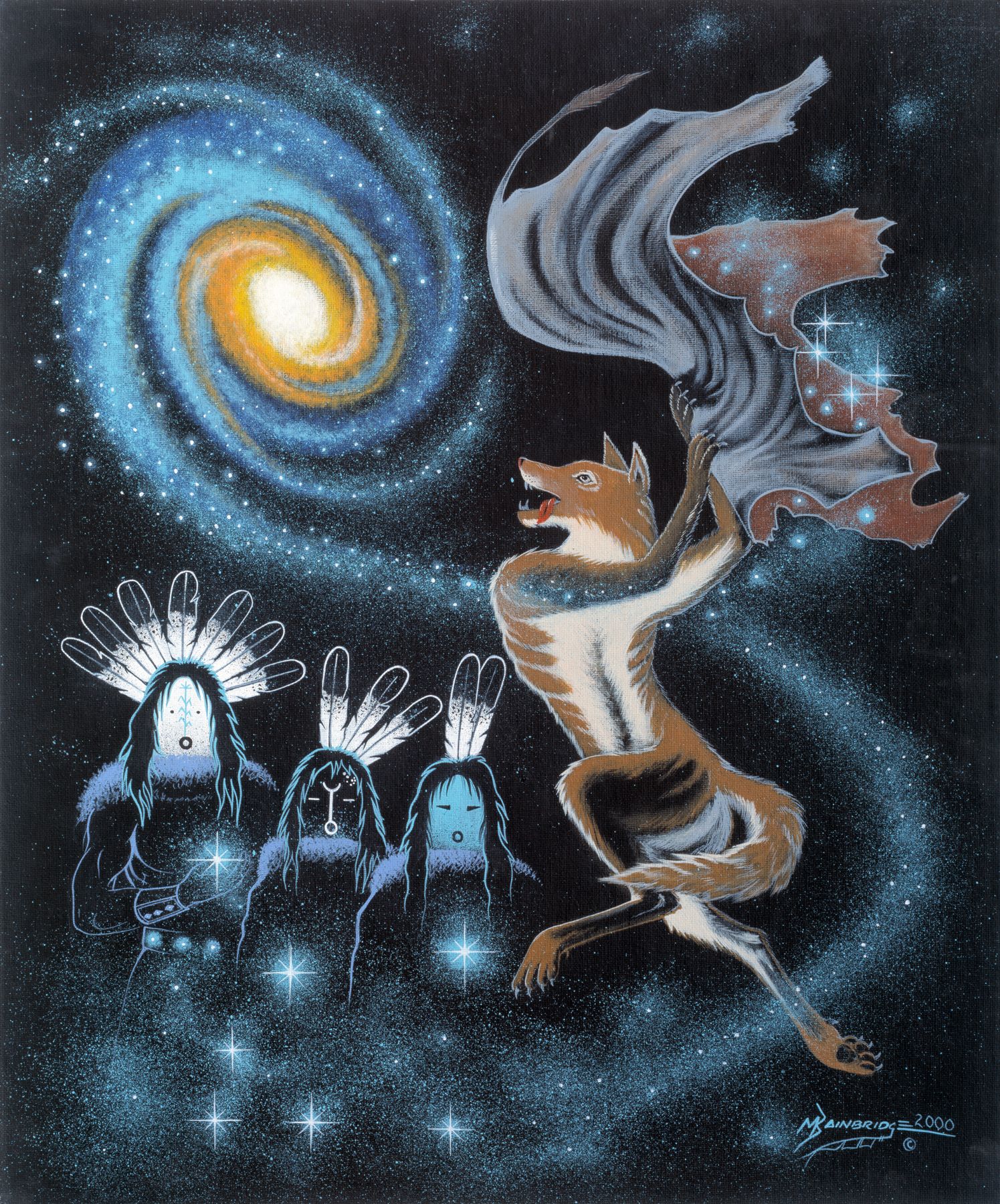
Sharing the Skies Through Navajo EyesDr. Nancy Maryboy of the Indigenous Peoples Institute; Mon
Through Navajo eyes : an exploration in film communication and anthropology by Worth, Sol. Publication date 1972 Topics Motion pictures in ethnology, Navajo Indians Publisher Bloomington : Indiana University Press Collection inlibrary; printdisabled; trent_university; internetarchivebooks Contributor
Seeing stars through Navajo eyes The Durango Herald
Through Navajo Eyes: An Exploration in Film Communication and Anthropology. Sol Worth, John Adair. University of New Mexico Press, 1997 - Motion pictures in ethnology - 380 pages. Originally published in 1972, this pioneering book has become a classic in visual anthropology. Worth and Adair set out to answer the question, What would happen if.

November is Native American Heritage Month Eric Brightwell
Through Navajo eyes : an exploration in film communication and anthropology. Summary: Originally published in 1972, this pioneering book has become a classic in visual anthropology. Worth and Adair set out to answer the question, What would happen if someone from a culture that makes and uses motion pictures taught people who have never made or.

"Navajo Eyes" Oil Schilderij
Through Navajo Eyes. She was the first Navajo woman ever to become a surgeon, but Lori Arviso Alvord never forgot the traditional hogans of her people on the reservation. After finishing her training at Stanford Medical School in 1985, the young doctor returned to care for the Navajo in Gallup, N.M. In a new book, The Scalpel and the Silver.
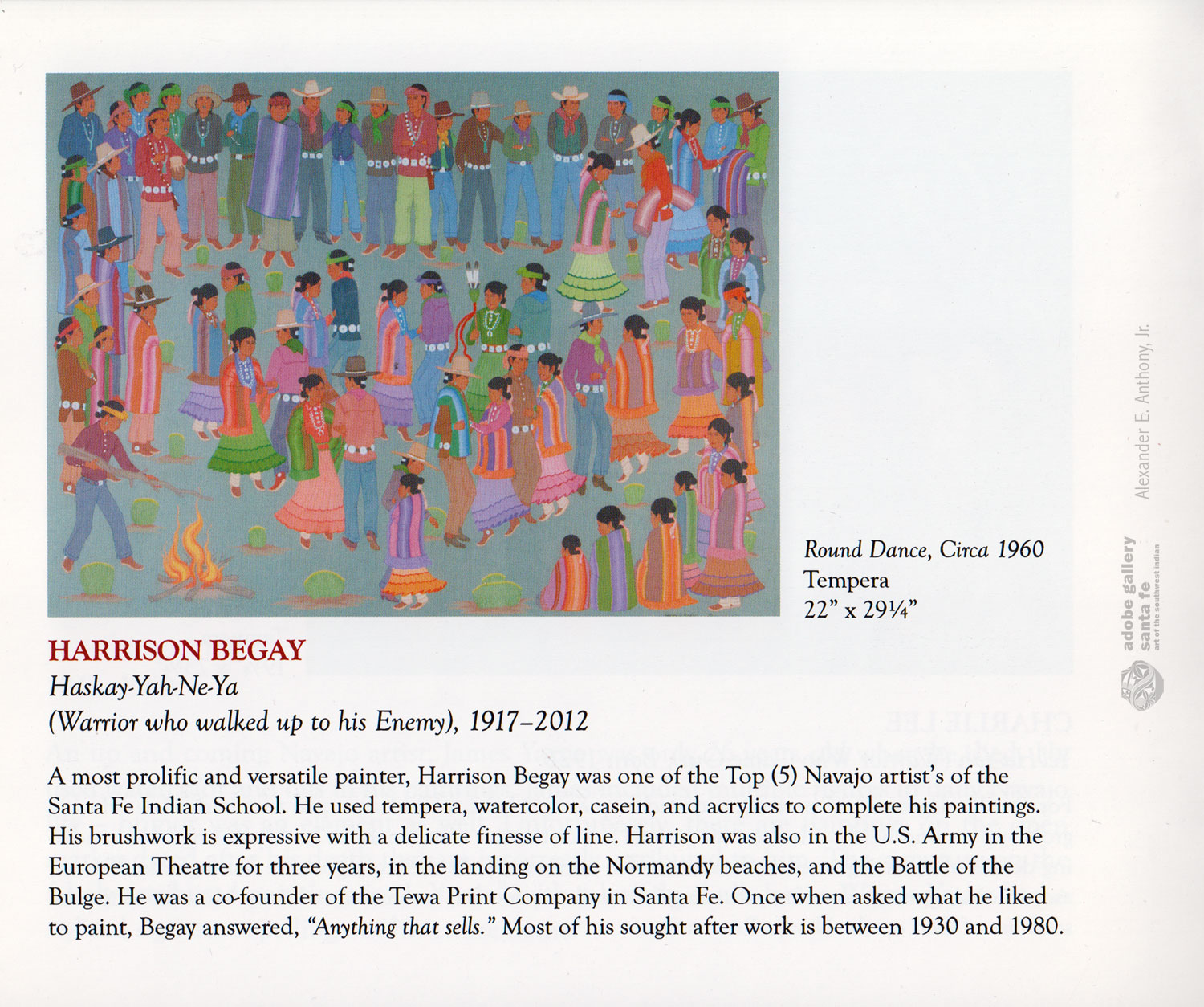
THROUGH NAVAJO EYES C4244W Adobe Gallery, Santa Fe
Through Navajo Eyes: An Exploration in Film Communication and Anthropology. Sol Worth & John Adair. Usually disputes were resolved through an appeal process, but these often followed ditch-bank fights punctuated by blows from shovels." "Throughout the colonial period, access to water was a local issue and centered on maintaining the.

Seeing the Skies Through Navajo Eyes YouTube
Richard Chalfen, a research assistant on the original project in 1966, has updated the book with a thorough discussion of the importance of the Navajo project and a critical assessment of the reactions to it. He has included a new section of references and an appendix offering answers to the ten most frequently asked questions about the project.